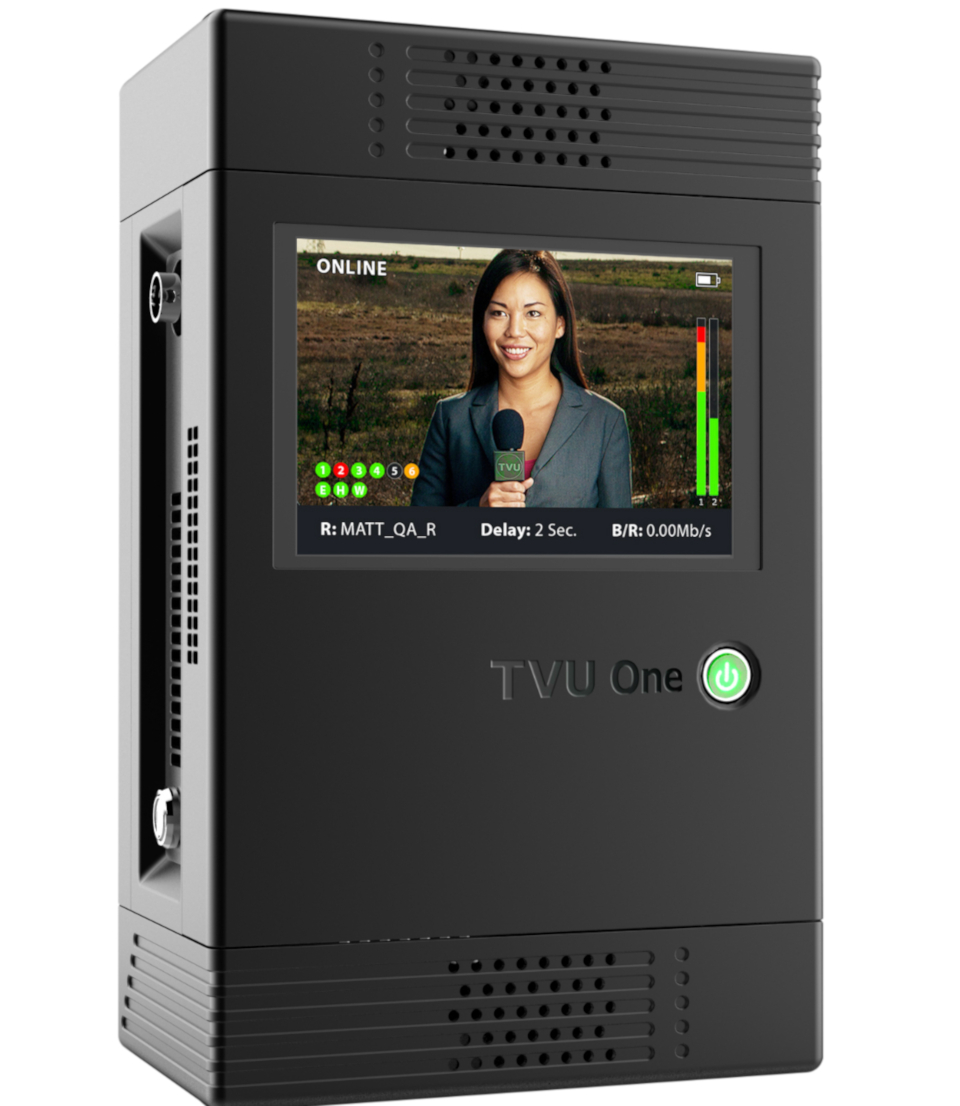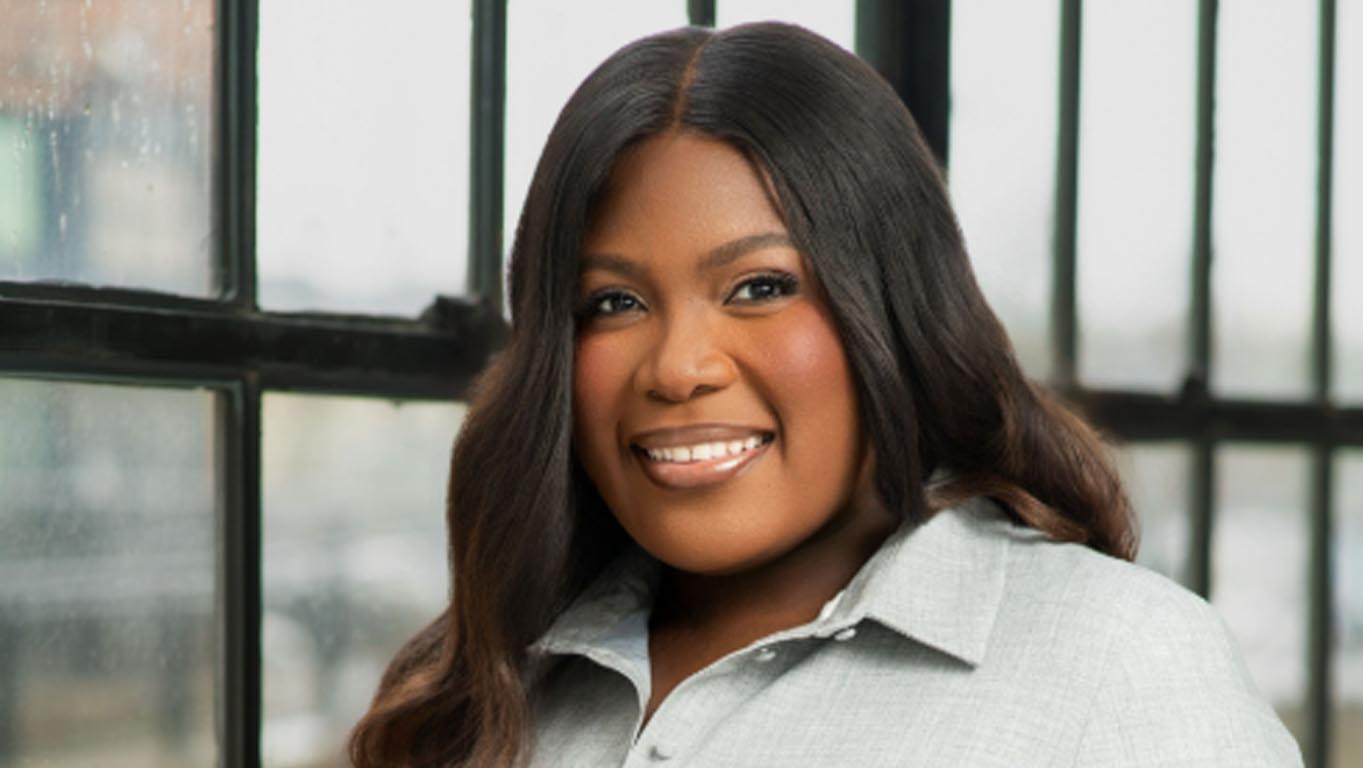Denver 8 TV Station Uses TVU for Live Community Broadcasts
DENVER — The city and county of Denver know good entertainment when they see it. Whether it’s the Colorado Symphony or the 30th anniversary celebration of the ’80s pop band The Posies, the Levitt Pavilion in Denver has made it a priority to build community through music, one concert at a time.
That may explain why the municipal access television station for the local government, Denver 8, was moved to find a way to resume broadcasting and live streaming of the concert series Live@Levitt — even though Levitt Pavilion itself is in the midst of a sort of topography minefield.
Levitt Pavilion lies within a natural bowl in the middle of Denver’s Ruby Hill Park, which ironically also has one of the highest elevation points in Denver. That means that while the park offers 360-degree views of the Mile High City, it lacks total internet connectivity.
Even the city and county of Denver’s own network that connects other outlying facilities doesn’t run close enough to provide a short extension to the venue.
In addition to the park’s lack of connectivity, a section of it lies in a river valley. Denver’s city hall, the site of Denver 8 TV’s master control operation, is in the middle of the city, surrounded by tall buildings, and without line of sight, renting a microwave hop to broadcast these concerts has not proven feasible. For a public organization, renting a satellite uplink has been cost prohibitive. And the installation and monthly contract charges offered by the local high-speed internet provider — who could connect the production to a network for a wired feed — has also proven too costly for Denver TV 8, the organization said.

As a result, the city turned to another technology — mobile IP transmission — to send live feeds from the Levitt Pavilion Denver to master control in Denver’s city hall.
Using the TVU One (shown) mobile IP transmitter from TVU Networks, the city government production team is able to distribute signals for live streaming and broadcast. A remote production control room at the back of the amphitheater switches the program, which is then fed into the TVU One and sent to TVU video receivers at city hall for live broadcast on the Denver TV 8 Comcast channel and streamed to the website Denver8.tv.
The professional video industry's #1 source for news, trends and product and tech information. Sign up below.
The city says it turned to the TVU One because it offered a one-step solution for this particularly tricky remote transmission situation. The TVU One is available with HEVC video compression and the company’s Inverse Statmux Plus (IS+) transmission algorithm; the combination allows the system to transmit HD-quality video with half-second latency at 3 Mbps. According to TVU, the system is available with embedded modems and can transmit simultaneously over multiple connections including cellular, microwave, satellite, Wi-Fi and Ethernet.
Despite the park’s less-than-optimal transmission location and the stormy Denver summer evenings, there city has not reported any transmission service interruptions. “We had a lot of rain storms last summer and never experienced one interruption in our transmission,” said Alan DeLollis, TV communications and video operations manager for Marketing and Media Services for the city and county of Denver. “Weather destroyed two audio boards and front-of-house tents were torn down by the wind and rain, but the TVU unit kept on working.”
DeLollis said the unit brings more potential for collaboration between city agencies and as a pool feed shared to commercial networks and social media.
“We see our TVU One unit offering us the option to change the dynamic of how we deliver our production services to other city agencies and create a platform where community engagement in public outreach is much more possible,” he said. “The next step is using TVU One as an engagement and a sharing tool.”
The organization is discussing increasing coverage of live city events that can be distributed to others. That includes potentially creating a pool-feed dedicated to city-related press conferences and ribbon-cutting ceremonies that can be shared with commercial media or live to social media.
“If they have a news hole, they could look to our feed and immediately have something to fill it,” DeLollis said. “If something comes up that they’re modestly interested in, they’ll have our pool-feed to use. It would also help them contain remote production costs. Our feed would show up on their TVU system, and they can choose to use it or not. It could provide the city a lot more exposure.”
